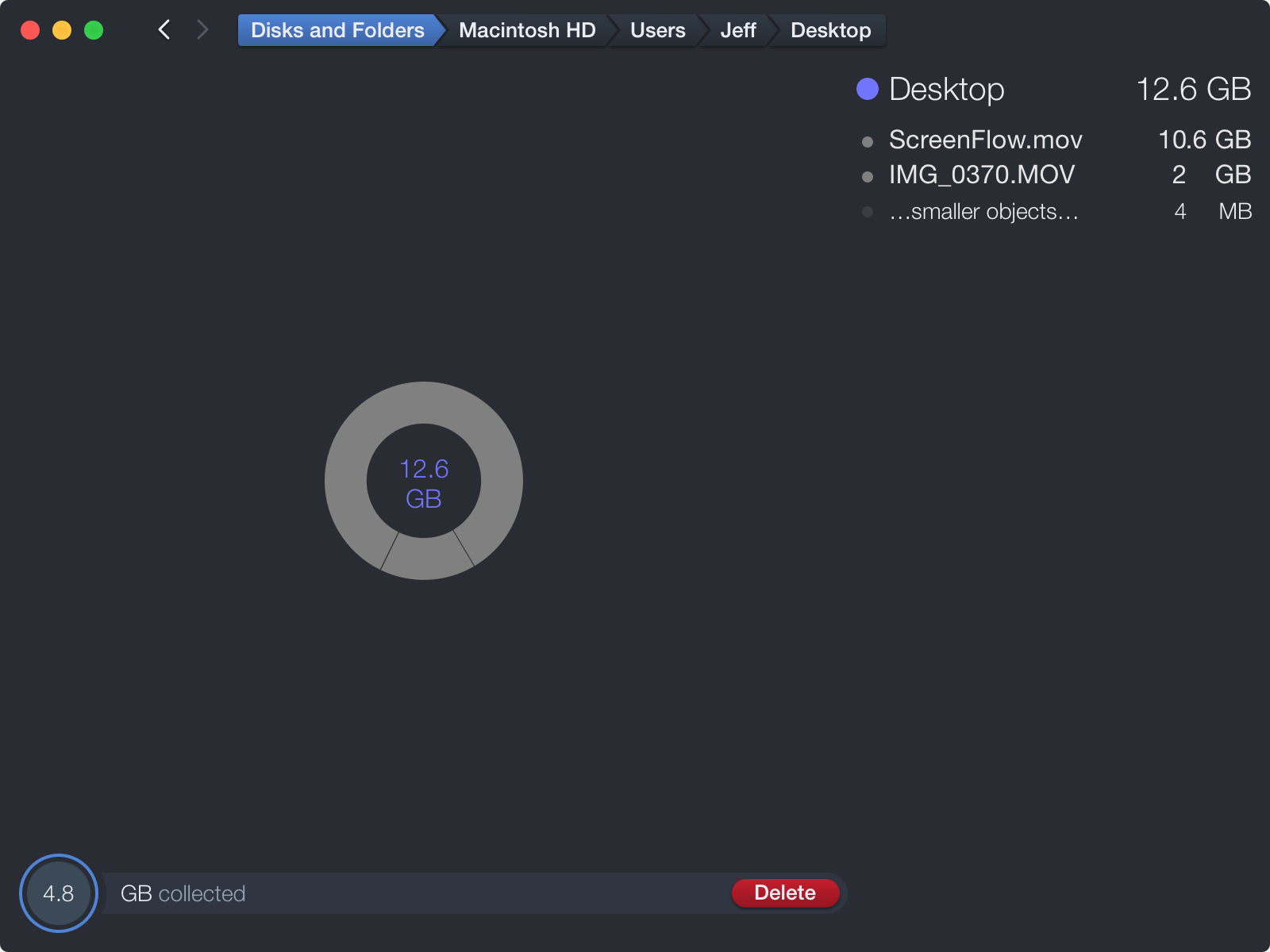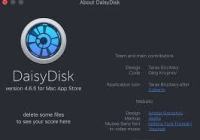

Recall that, while APFS volumes share the same space within a container, containers don’t share space but occupy a fixed size.ĭisk Utility isn’t so good at revealing hidden volumes which could be stealing space within a container. This is also a good time to look at APFS containers and disk partitioning. The next stop is a quick check in Disk Utility, for its estimate of what’s used and free, which tends to be more reliable than the Finder. When space is running short, macOS is supposed to start purging what’s reported as being purgeable, including old snapshots, but that doesn’t always happen when you’d expect it. But sometimes the figures given in the Finder don’t come close to those in Disk Utility or at the command line.

When it’s working correctly, the amount given as purgeable represents space which is currently used by snapshots and other dispensible data. Most of the time, the Finder’s Get Info dialog returns reasonably reliable figures for used and free space on APFS volumes. This article explains what you can do when faced with that and similar problems.

As a result, it may appear that an APFS volume or disk is full, and installers and apps may refuse to work despite there apparently being ample free space. This normally means that there are small discrepancies between different estimates of free and used space, but sometimes those seem huge. This is because there’s more to it than just the file system’s directories and file data.
#OLD FREE VERSION OF DAISYDISK MAC#
Also such migration doesn’t make much sense for most people due to the limitations of the Mac App Store.APFS is a more complex and dynamic file system than HFS+, in that there often isn’t a simple answer to how much free space there is on any given disk or volume.
#OLD FREE VERSION OF DAISYDISK LICENSE#
If you’re wondering about a migration in the opposite direction (from a purchased stand-alone license to the Mac App Store) note that it’s technically impossible without re-purchasing. You can freely reinstall and delete either of the two editions at any time. If you migrate to the stand-alone edition, you can use the both editions side by side, or delete one of them to avoid confusion (recommended). If you are our customer from the Mac App Store, you can get the stand-alone license for free. Here’s a complete list of differences between two editions of DaisyDisk:ġLegacy versions for macOS 10.5-10.9 are available.ĢLegacy versions for macOS 10.6-10.9 are selected automatically by the Mac App Store, depending on your current macOS version. In order to comply with these rules we’ve removed a few features from the Mac App Store edition of DaisyDisk. While being generally useful (as they prevent some apps from harming your system) these requirements may influence functionality of applications that need low-level system access. One of such limitations is inability to operate in privileged mode, another one is the mandatory operation in sandboxed mode.

The Mac App Store guidelines limit what an app can and can’t do. DaisyDisk editions & migration Why having two editions?


 0 kommentar(er)
0 kommentar(er)
